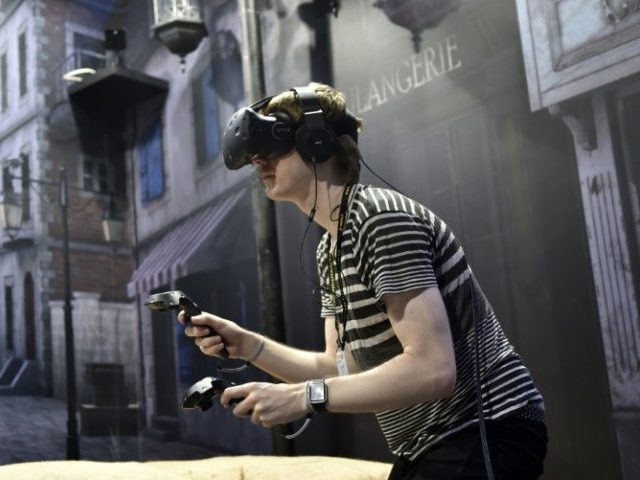Despite the transformative nature of the technology, the debut of virtual reality products in 2016 was notably hesitant.
In 2014, Mark Zuckerberg’s Facebook acquired Oculus Rift for a hot $2 billion. At that time, he declared that the technology would need to move 50-100 million units in order for it to become an “important” platform. In 2016, the Oculus Rift was projected to have sold 400,000 units. The company has yet to release even the most vague sales numbers on the product, so it’s virtually impossible to know how close they’ve actually gotten to that projection.
Despite being the banner product launch of VR technology, the Rift has been outshone by both Valve’s HTC Vive and the console-specific PlayStation VR. Those were projected for 500,000 and 800,000 units, respectively. But even if every projection was matched, we’re looking at a top-end of about 1.7 million units shipped between all major devices.
That hasn’t appeared to dissuade just about everyone else from taking a stab at the new tech. Samsung’s Gear VR and Google’s Daydream are among the front-runners in a race to provide viable competition to a marketplace being flooded with pricey prototypes.
The expense of the devices is a major hurdle. Most computers don’t have the horsepower for a PC virtual reality experience already, which means that most of these headsets come with a substantial additional investment beyond the headset itself. Software remains very limited, and no one seems to have found that “killer app” that makes the entire affair seem necessary to the average consumer. Right now, VR is little more than a clever side show. It remains to be seen whether any of the billions of dollars invested can produce a main event.
Zuckerberg sees VR as the next step in social media. He believes that eventually, it will “become a part of daily life for billions of people.” And despite the lackluster projected numbers in the first year of VR, it’s a reasonable guess. The ability to talk, interact, and play games “face to face” with friends and family across the globe would almost certainly be worth the investment for those missing their favorite people. If a deployed soldier could speak and interact virtually with his or her children across an ocean, the cost suddenly seems inconsequential to the experience.
It’s hard to tell whether we’re headed for a VR revolution, or whether Augmented Reality is the next logical step. 2016 may have discouraged investors, but the potential is still there, waiting to be tapped. One thing is almost certain — with so much on the line, it’s unlikely that Virtual Reality is going anywhere. We’re only waiting to see who it is that can first truly capture our imagination, and turn it from a gimmick into a smartphone-esque necessity.
Follow Nate Church @Get2Church on Twitter for the latest news in gaming and technology, and snarky opinions on both.

COMMENTS
Please let us know if you're having issues with commenting.